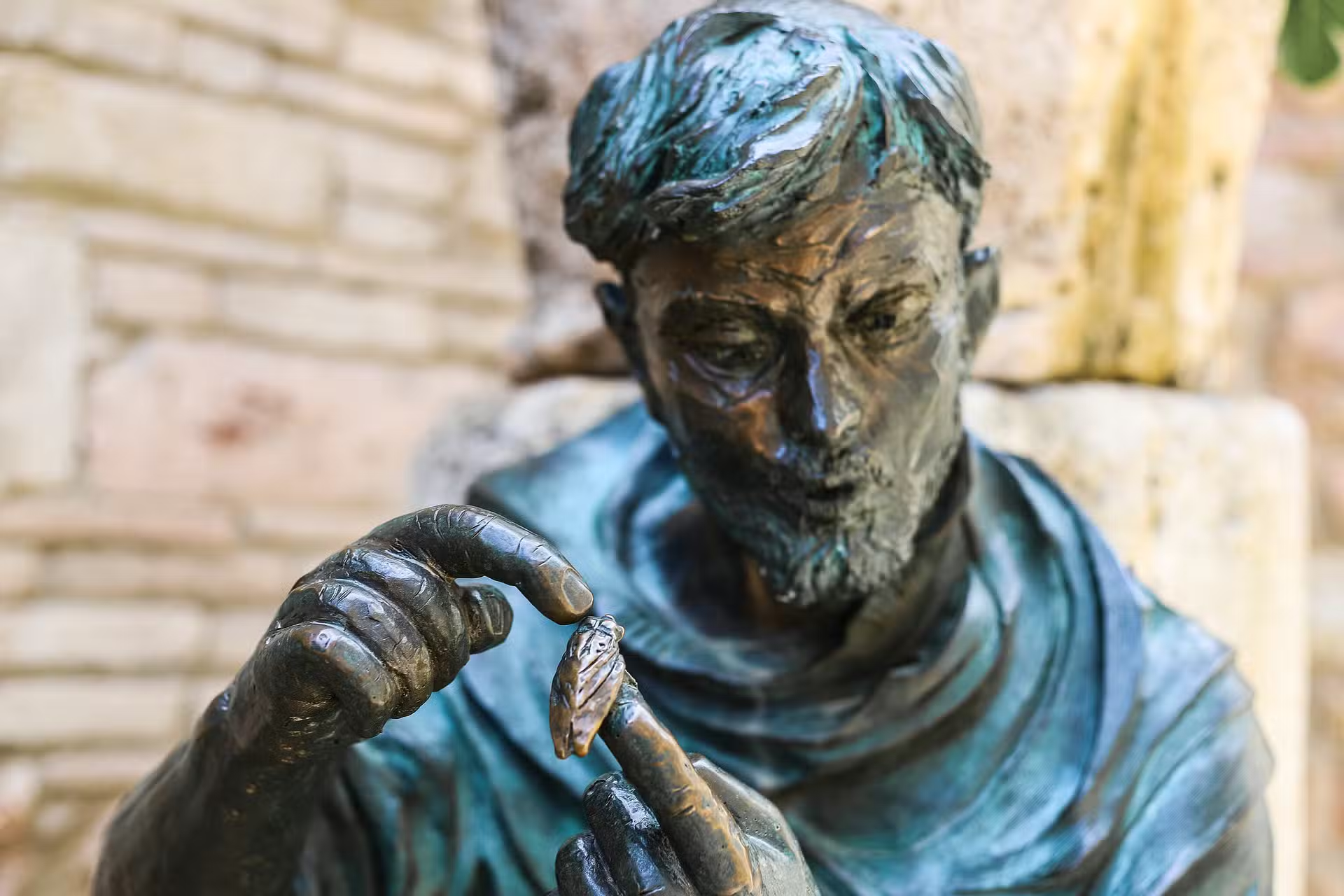Many metaphors have been employed to paint the picture of the relationship between Francis and Clare of Assisi. Clare, having once used the phrase “a little plant” to describe her rapport with Francis, unwittingly contributed to maintaining the image of a passive woman totally dependent on the male leader and teacher for her identity. (The “little plant” description actually indicated that the monastery of San Damiano was a small foundation created by the larger enterprise of Francis when his order was still young, and its forms were fluid and open to innovation. The phrase was commonly used to describe Benedictine “daughter” monasteries founded by a larger abbey.)
Years of study influenced by feminist scholarship and diligent work on sources from that period have allowed Clare’s person to emerge with clearer lines, with far more depth than previously imagined. Still, the desire to find the precise category for the friendship of these two saints continues to haunt us. Father-daughter, brother-sister, master-disciple, soul friend, spiritual lover, actual lover—these descriptions have currency in many narratives and dramatic portraits. What they shared was the mysterious and generous outpouring of God’s Holy Spirit granting each a profound desire to live the teachings of Jesus without compromise. It is not easy to grasp this inner core of invisible grace. Yet, we keep trying to do just that.
—from the book Light of Assisi: The Story of Saint Clare
by Margaret Carney, OSF









2 thoughts on “Clare and Francis”
Lord Jesus Christ, we profess and believe that you are the Christ, the Son of the living God. You are our Lord and our Savior who has set us free from sin and deception. Make our faith strong like the Apostles St. Peter and St. Paul and give us boldness to speak of you to others that they may come to know you as Lord and Savior. Amen.
Clare was a member of the nobility, an educated woman of the Middle Ages. But she did not let that define her. She saw in Francis a model of the freedom that comes from a life of voluntary poverty. She then wrote her own Rule of Life and, like Francis, remained true to her calling. She encourages the women of today to find their own path, their own inner wisdom and to remain true to themselves and to the Gospel.